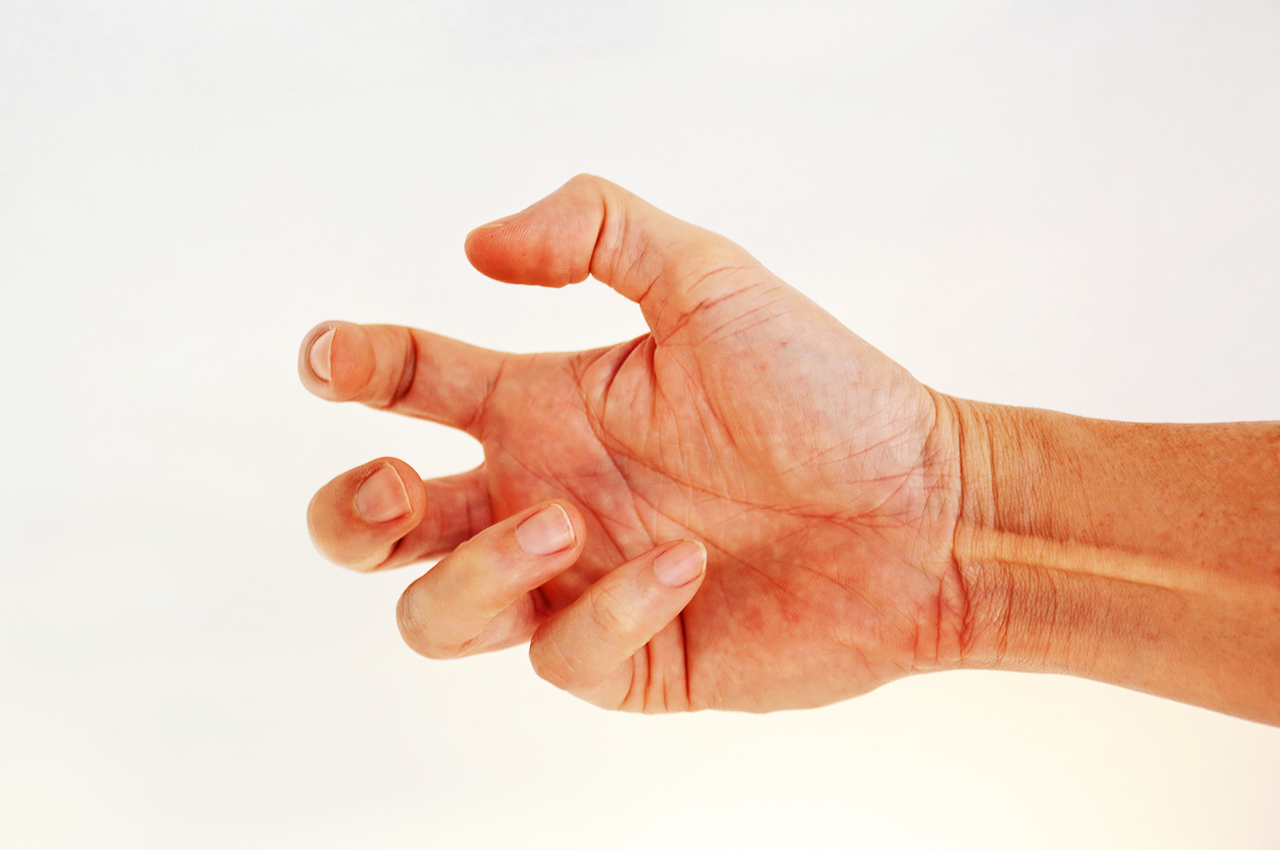Dystonia contractions cause your body to twist involuntarily, creating abnormal postures and uncontrollable, repetitive movements.
There are different kinds of dystonia. Dystonia can affect just one muscle, an entire muscle group and in severe cases, the entire body.
Women are more prone to developing this disorder and approximately 1% of the world’s population has dystonia.
What are the causes?
Researchers haven’t found a definitive cause for dystonia, but it’s suspected that it’s related to problems with the basal ganglia. The basal ganglia is the part of the brain responsible for muscle contractions. Researchers believe that if there’s a problem with how the nerves surrounding the basal ganglia are communicating, it could result in a condition like dystonia.
Common symptoms of dystonia range from mild to severe, depending on the stage of the condition.
They could include:
- A cramping foot.
- Uncontrollable blinking.
- Involuntary pulling of the neck.
- Speech difficulties.
- A “dragging leg”.
Parts of the body that may be affected include the:
Hands and forearms. Some cases of dystonia happen only when you do repetitive actions. For example, you could experience symptoms while you’re writing or playing an instrument.
Neck. Involuntary contractions could make your head turn and twist to one side, or make it pull forward and backward, causing pain.
Jaw or tongue. If dystonia affects your jaw or tongue, you could experience drooling, speech difficulties and trouble swallowing and chewing.
Eyelids. Involuntary muscle spasm and rapid blinking could cause your eye to shut.
Vocal cords and voice box. Muscle contraction can manifest as a tight or whispering voice.
Depending on the kind of dystonia, there may be complications:
- Vision difficulties that affect your eyelids.
- Physical disabilities that affect the performance of your daily activities.
- Difficulty with moving your jaw, speech and swallowing.
- Pain and fatigue due to the continuous, painful contraction of muscles.
- Depression, anxiety and social withdrawal.
Treatment
Treating dystonia focusses on managing the muscle contractions. Your doctor may recommend a combination of treatments, including medications, surgery and therapy.
Medication
A common medication that may be used is onabotunumtoxinA, commonly known as Botox. This medication is injected into specific muscles and aims to eliminate muscle contractions and improve abnormal postures. This injection needs to be repeated every three to six months.
Side-effects are usually temporary and mild. They can include dry mouth, weakness and voice changes. Other medications target your brain chemicals that affect muscle movement.
Therapy
- Physical therapy or occupational therapy or both to help ease symptoms and improve function.
- Speech therapy if dystonia affects your voice.
- Stretching or a massage to soothe muscle pain.
Surgery
For severe symptoms, your doctor may recommend two kinds of surgery:
Deep brain stimulation
During this surgery, electrodes are surgically implanted into specific parts of your brain and connects to a generator that’s placed in your chest. The generator sends electrical pulses to your brain to try and control the muscle contractions.
Selective denervation surgery
This procedure involves cutting the nerves that control muscle spasms. It aims to stop the muscles from contracting involuntarily.

